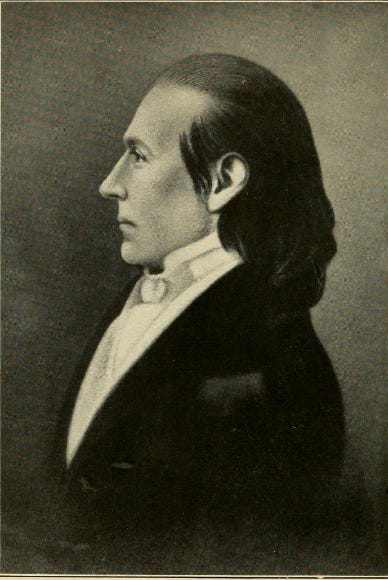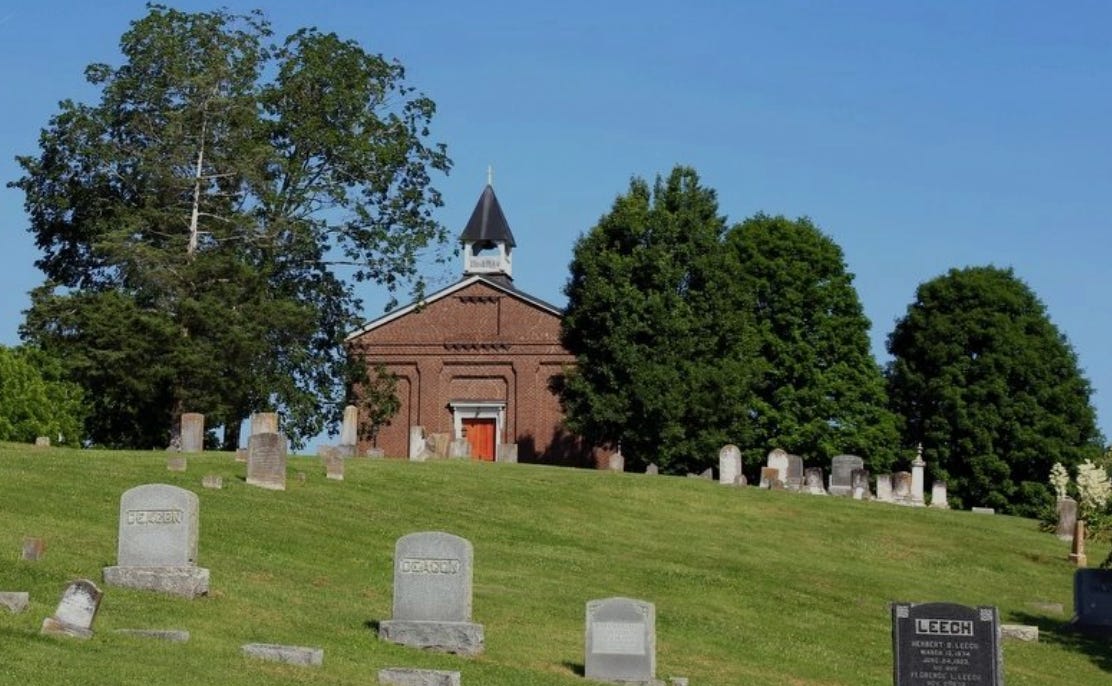William Graham and Classical Education
The Southern Presbyterians Part 6
The Hanover Presbytery in the years preceding the Revolutionary War was on the frontlines for the fight for religious liberty. Their desire was for the free exercise of worship, and adjacently they desired a free education, bound by no one. The presbytery wanted to establish “a public school for the liberal education of youth.”
In early February 1775, the school was founded in Prince Edward County, Virginia. They declared that “every necessary branch of human literature will be taught to good advantage.” For this task they chose their teacher and began studies.
Two months later, the presbytery came to inspect the school. There they found there at the academy “attended a specimen of proficiency of the students, in the Latin and Greek languages, and pronouncing orations, with which they were well pleased.” Their teacher was a man by the name of William Graham.
Graham was only twenty-eight years old when he began his post. He was born in Pennsylvania to Scotch-Irish parents and worked on his father’s farm until he was twenty-two. Then he went to his pastor’s home to study as he was converted by Christ the year before. For five years, he studied at Princeton College under the supervision of John Witherspoon, until 1773 when he began to study theology. It was not long after when he received the call of the Hanover Presbytery to become the instructor.
A year after the April 1775 inspection, the presbytery returned to observe the school. Here, Dr. Samuel Campbell later recounted the events sixty years later. The children would be played outside until a horn was blown. The students would enter the school and sit individually or in pairs, looking over the afternoon’s lesson in the book. One section of would enter the hall, hand Graham their books, and recite. Graham would sit and listen, not correcting mistakes as they themselves would be eager to correct them. It is with this devotion and results that the school began to set itself apart.
In May 1776, the school was moved to Timber Ridge for the convenience, because William Graham became the pastor of the church there, some forty-odd acres were given to the school, and the congregation of the church offered to build a schoolhouse. In 1777, the school was named Liberty Hall Academy in the midst of the upheaval of the new Revolutionary War.
In 1778, the Trustees, chosen by the presbytery, petitioned the state, asking for the school become incorporated. Because the Hanover Presbytery was already embroiled in a battle with the legislature over a complete separation of church and state, the petition was not granted. The following year, the Academy was moved Graham’s personal farm. Soon after, he personally wrote the state, petitioning them to incorporate the school. They did, but it should be noted that the presbytery did want to do this, but did so because it was the only way under Virginia law that they could have ownership of the property. The good thing is that each member of the new board was a member of the presbytery.
William Graham’s prowess as a teacher was vast and unmeasured. One of his famous pupils later described that his method was “in clearness and fulness, superior.” His abilities in the pulpit, however, were not always displayed with great vivacity. By 1789, he was the pastor of multiple churches in the Lexington area. His was delivery was fairly meek, but on occasion was very excitable. When he preached Isaiah 40:1 it was said that “he poured forth gospel truths like floods of milk and wine.” Before this, he brought some young men with him in hopes that the Holy Spirit would pour out grace upon them. One of these young men would be Princeton Theology Seminary’s first professor, Archibald Alexander.
In 1796, President George Washington announced that he would be donating stock to one school located on the James River. The Trustees of Liberty Hall wrote to Washington, showing their history before the birth of the nation. During the lowest point of the war, Washington said that if he had no choice, he would make his final stand in Augusta County, Virginia. Liberty Hall was granted the money, and out of gratitude, changed their name to Washington Academy. We know the school today as Washington and Lee University.





